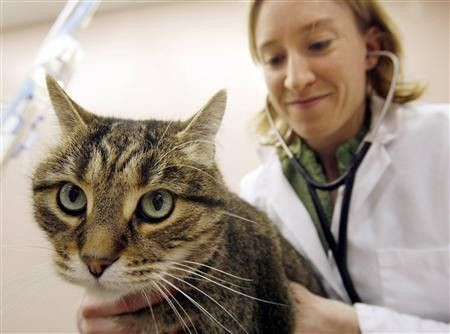FIV that Infects Cats Can Help in the Development of Anti-HIV Drugs
FIV and HIV Have a Similar Protein Called Integrase

Technion scientists have found that cats can get AIDS too; the virus called FIV that infects cats is similar to the HIV that infects human beings and this can help in the development of new anti-virus drugs.
The FIV and HIV are similar as both of them are dependent on a protein called integrase. This is the protein that inserts the virus' DNA into an infected cell's DNA. Scientists have found that the virus can be targeted through drugs as they have found a weak point in the protein.
Assistant Professor Akram Alian and graduate student Meytal Galilee of the Technion-Israel Institute of Technology have together developed a detailed 3D molecular map of the FIV integrase that would help scientists understand the protein better, also providing a better understanding into the way the protein works in HIV. Since they both are similar, understanding one would help understand the other as well.
Allan explained that rather than targeting the whole "protein-protein interacting interface," which is difficult, drug designers could concentrate on developing drugs that target "such specific hotspots." The researchers from the Faculty of Biology have found that a "single amino acid" plays a major role in the act of the protein assembling itself from simpler building blocks. Anti HIV drugs would have to disrupt this process to stop the development of the virus.
The scientists were able to find the 3D structure of the molecular core of HIV integrase that is very complicated. But in FIV, it was much simpler; they discovered that a mutation in a single amino acid can convert the integrase protein from a more complex to a simpler form in FIV. It acts as a link between two molecular subunits.
Allan said that this should be kept in mind and considered in the future design of integrase drugs. The hinge is an importnat observation, he added.
They also found that in both the simple and complex forms of the crystal structure of the FIV integrase the "backbone" was just the same. This would make a the study more easier as a study of the simple form would lead to discoveries in the complex forms as well.
The researchers are looking forward to see the development of the FIV in the days to come, they are going to study how the virus evolved. Like how it evolved into one with a simple integrase core. Allan explained that this would help them understand how the virus would develop and become resistant to new drugs that would be designed in the future.
The research is published online in Cell Structure.




















